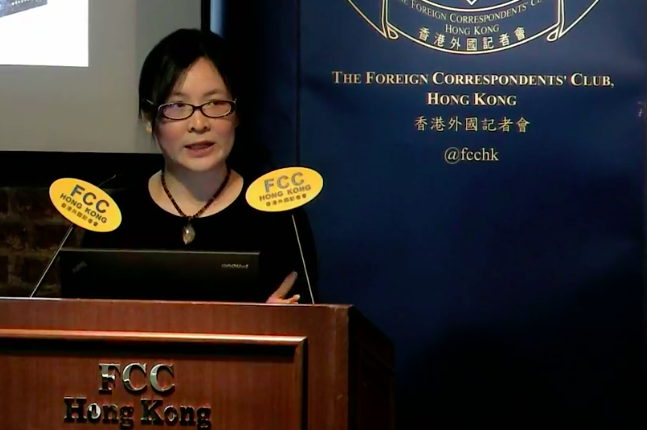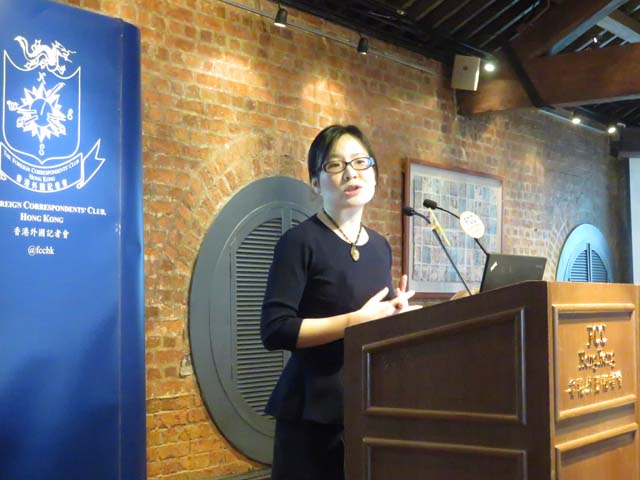
Why autocracy with democratic characteristics is key to China’s success
Autocracy alone is not the reason for China’s economic success, according to a political scientist who warned that President Xi Jinping is moving away from the “real” model that helped the country’s massive growth.
The “real” China model, according to Professor Yuen Yuen Ang, is autocracy with democratic characteristics, introduced by former leader Deng Xiaoping when he implemented bureaucratic limits on power, competition and accountability. This enabled China to lift millions of people out of poverty as it became more adaptive and flexible, she said.
There are many different opinions when it comes to defining the China model, Prof Ang, Associate Professor of Political Science at the University of Michigan, said. Western mainstream media tends to label it a combination of autocracy – or single party rule – with state ownership and control over the economy. Chinese commentator Zhang Weiwei described the China model as a “super-large population, super-size territory, super-long history, super-rich culture”. Daniel Bell, theorist, believed it to be a meritocracy.
And despite announcing at the 19th Party Congress in 2017 that the world could learn from “the Chinese solution for tackling the problems facing mankind”, the President Xi himself failed to elaborate on what that solution was.
Prof Ang, who has presented her work at academic, global development, and corporate venues around the world, including the World Bank, United Nations, U.K Department of International Development, and the OECD Development Center, believes the political foundation of China’s economic success lies in what she calls “directed improvisation”, the merging of top-down direction and bottom-up improvisations within China’s one-party regime. This creates the right conditions for local officials and governments to implement innovative development, she said.
To that end, Beijing becomes the director, rather than the dictator, she said. While some direction from Central Government was vague and broad – what Prof Ang referred to as “grey” command that is deliberately unclear, therefore permitting experimentation – other commands were clear in either permitting or forbidding an action.
An example, she said, could be seen in data that examines more than 4,000 policies issued by the State Council over the years. Of the “grey” policies, e-commerce and Artificial Intelligence showed the highest amount of ambiguity because, she said, these are new areas in which the government is happy to allow more experimentation. The sector showing the lowest ambiguity when it came to commands from Central Government was Special Economic Zones, “because they’re for foreigners, so when dealing with foreigners it’s important to make the rules clear”, Prof Ang said.
And while she acknowledged that some Western democracies were growing concerned that emerging countries were finding the autocratic element of the China model more appealing than liberal democracy, she added that there were three basic lessons for developing countries to learn from China: Learning does not equal copying; learn from both China’s success and failures; adapt China’s “directed improvisation” to democratic contexts.
She added that she was hopeful that the Chinese version of her book, How China Escaped the Poverty Trap, would help the Chinese public to understand that it was not autocracy that lifted them out of poverty.
“I remain optimistic that there’s still room for debating what are the factors that made China great,” she added.
Watch Yuen Yuen Ang’s talk here.





















